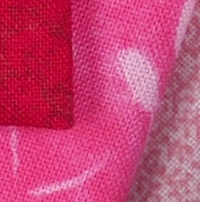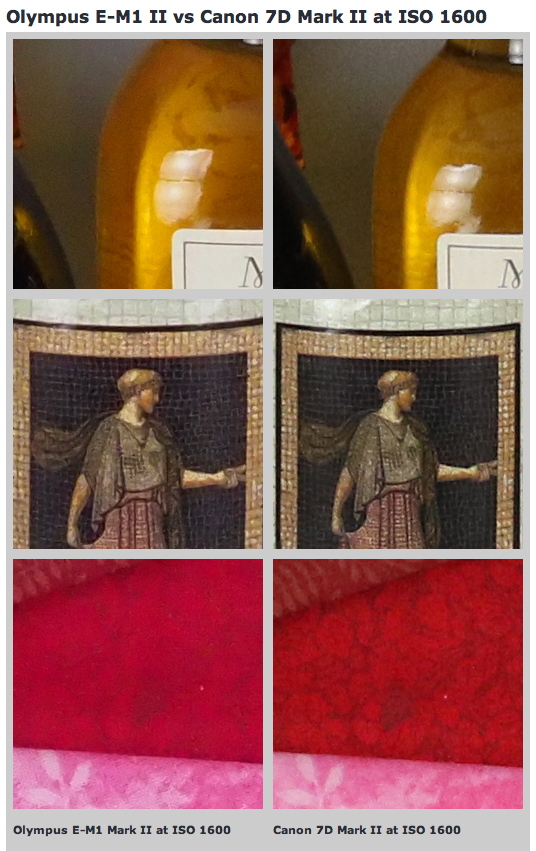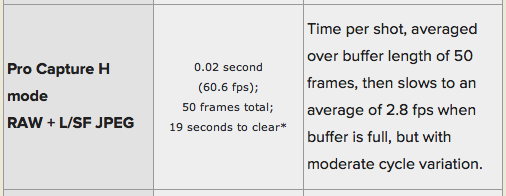Olympus E-M1 II: In-depth image quality analysis, performance analysis + a look at High Res shot mode
posted Saturday, November 5, 2016 at 7:57 AM EDT

Based on terrific interest thus far from our readers in our First Shots and Field Test Pt I for the Olympus E-M1 Mark II, we didn't want to waste any time bringing you a deeper dose of coverage in the way of our in-depth analysis of the test results from our laboratory. So please dive in at any point you'd like, and below are links to our just-published options for your perusal.
We'll start with our signature Image Quality Analysis page, where our Technical Editor Zig Weidelich pits 1:1 crops from our Still Life test target images against the Olympus E-M1, Canon 7D Mk II, Fuji X-T2, Nikon D500 and Panasonic GX8. Interested in how the E-M1 II stacks up against these enthusiast competitors? This is a great place for lots of in-depth analysis and is followed by a special supplement to discuss the High Res shot mode, similar to the one we saw in the PEN-F earlier this year.
And don't miss our signature Print Quality Analysis, where we literally print our Still Life test target at every available ISO and at varying sizes to determine just which sizes you can expect to achieve at good quality for each ISO setting along the range.
"ISO 800 shots at 20 x 30 inches come oh-so-close to passing our "good" grade, as there is still a very good degree of fine detail available, but mild softening in the red channel and some apparent noise in flatter areas of our target prevent us from officially calling these "good". You'll be fine for less critical applications, but for your more critical prints, we advise a reduction in size to 16 x 20 inches here, which is still a nice size and offers virtually no apparent noise nor artifacts from noise reduction processing."
Lastly, make sure and pay a visit to our E-M1 II Performance page, where we analyze the lab results for everything from shutter response to burst modes, and we also examine the new Pro Capture mode as well.
Time to dive in!
Olympus E-M1 II:
Image Quality Analysis • Print Quality Analysis
High Res shot mode • Performance

